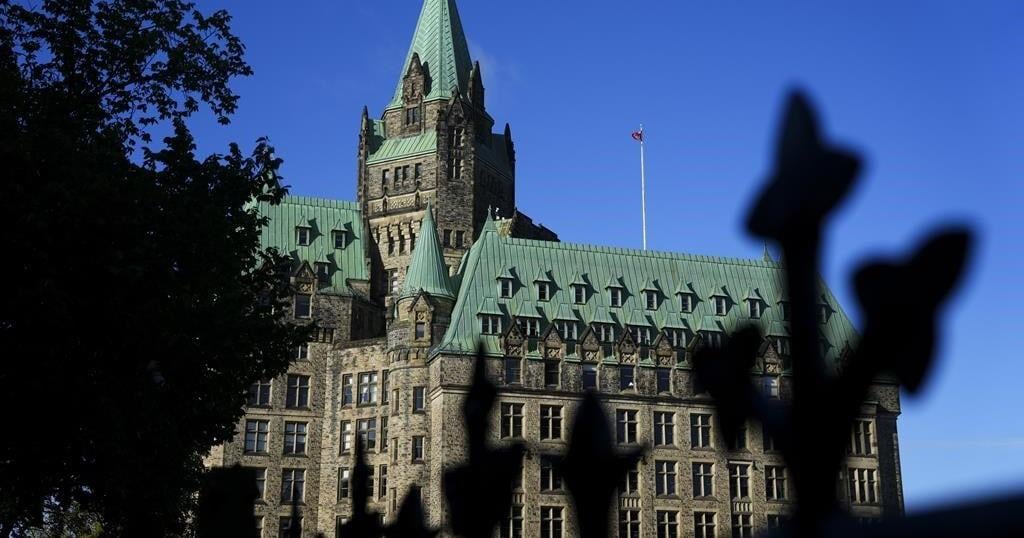Despite the threat of a recession this year, major economies are clinging to the possibility of a soft landing that avoids a painful downturn and widespread layoffs, something that’s typically proved elusive when central bankers raise interest rates to tame inflation.
In recent weeks, there have been hopeful signs. Labour demand is easing in Canada, notably through fewer job vacancies, rather than major downsizings. Wage pressures seem to be abating. Economic growth, while slowing, remains in positive territory. And inflation is fading from multidecade highs in the U.S. and Canada.
On Friday, the U.S. reported a blockbuster gain of 517,000 jobs in January – hardly a sign of an impending recession.
Investors have been pouncing on any shred of positive economic data. The S&P 500 is up 7.7 per cent so far this year, while Canada’s benchmark stock index has jumped by 7.1 per cent.
Stephen Poloz, former governor at the Bank of Canada, said there’s a great deal of uncertainty in the economic outlook, making it difficult to fully support the soft-landing argument.
However, “I’m pretty confident that we still can have a soft landing,” said Mr. Poloz, who is now a special adviser at the Bay Street law firm Osler, Hoskin & Harcourt LLP. “The ingredients are present.”
Mr. Poloz said this spate of high inflation is different from past iterations, which were usually caused by excess demand – “too many dollars chasing too few goods.” Instead, much of the recent runup in consumer prices can be attributed to soaring energy prices and supply-chain disruptions. Now, those factors are fading away, reflected in shorter delivery times and shipping costs that dropped to prepandemic levels.
“If the supply curve is doing the moving, instead of the demand curve, output still goes up. Jobs still go up. Wages can even go up. But prices go down,” Mr. Poloz said.
Bank of Montreal chief economist Doug Porter recently raised his odds for a soft landing to 35 per cent from 25 per cent.
Mr. Porter flagged three key developments: China has reopened from strict COVID-19 rules, boosting the outlook for global growth; it’s been a relatively mild winter in North America and Europe, helping to drive down energy costs; and there’s been a deceleration in price and wage growth, but so far without rising joblessness.
“Certainly, there is a potential path for things to go quite well over the next year,” he said.
Despite some headline-grabbing layoffs, unemployment rates reside at historically low levels in Canada and the U.S.
In this country, what’s changing is labour demand. The number of job vacancies has tumbled by more than 200,000 from peak levels in the spring. The hope, among many economists, is that companies will dampen their hiring plans, but spare their workers from layoffs.
Brendon Bernard, senior economist at hiring site Indeed Canada, has found that layoff rates are lower now than in the years preceding the pandemic, based on his analysis of Statistics Canada figures.
“It’s pretty tough for small pockets of the labour market to drive aggregate numbers,” he said, referencing the “high-profile” layoffs in the U.S. tech sector. “So far, we haven’t seen a broad-based shift and, in fact, employers have been holding on to workers, at least in most areas of the economy.”
In turn, that is helping consumers. Despite higher interest rates that are meant to curb demand, consumer spending hasn’t fallen dramatically. Purchases are waning in some areas – for instance, people are buying far fewer kitchen appliances than early in the pandemic – but are picking up in others, such as vehicles and travel.
“We’re expecting a resilient consumer will continue to spend,” Michael Miebach, the chief executive officer of Mastercard Inc.
, told analysts last month.
At the same time, this resilience could make the task of subduing inflation more difficult. Annual rates of inflation have dropped below 7 per cent in the U.S. and Canada, but remain well above their 2-per-cent targets.
The Federal Reserve hiked its benchmark interest rate by a quarter of a percentage point on Wednesday, indicating that a “couple” more rate hikes would be needed to restrain inflation. The Bank of Canada is holding its key lending rate at 4.5 per cent as it assesses whether its policies are restrictive enough to control price growth.
“I actually think the risk – if we’re going to be surprised – is that the Bank [of Canada] and the Fed have to do more because the consumer is so resilient,” Mr. Porter said.
The BMO economist still places the highest odds – 50 per cent – on a mild recession that results in higher unemployment. That view is shared by many analysts on Bay Street.
In large part, that’s because rate increases are felt with a lag, Mr. Porter said. For example, some mortgage borrowers have yet to see the rate hikes materialize in higher monthly payments.
The Bank of Canada is projecting economic growth will stall in the first half of 2023 before picking up later on this year, with growth clocking in at 1 per cent for the full year. Governor Tiff Macklem has said it’s just as likely that the economy will notch “slightly negative growth as slightly positive growth” over the next six to nine months.
Mr. Poloz said inflation has been difficult to forecast because traditional economic models were ill-suited to account for supply shocks. Now that supply is improving, inflation could fall even faster than expected.
“The presence of the supply adjustments, of course, improves the odds of us having a soft landing,” he said. “But it’s not a guarantee. There’s still a fine balance there.”

Source link
Related

























